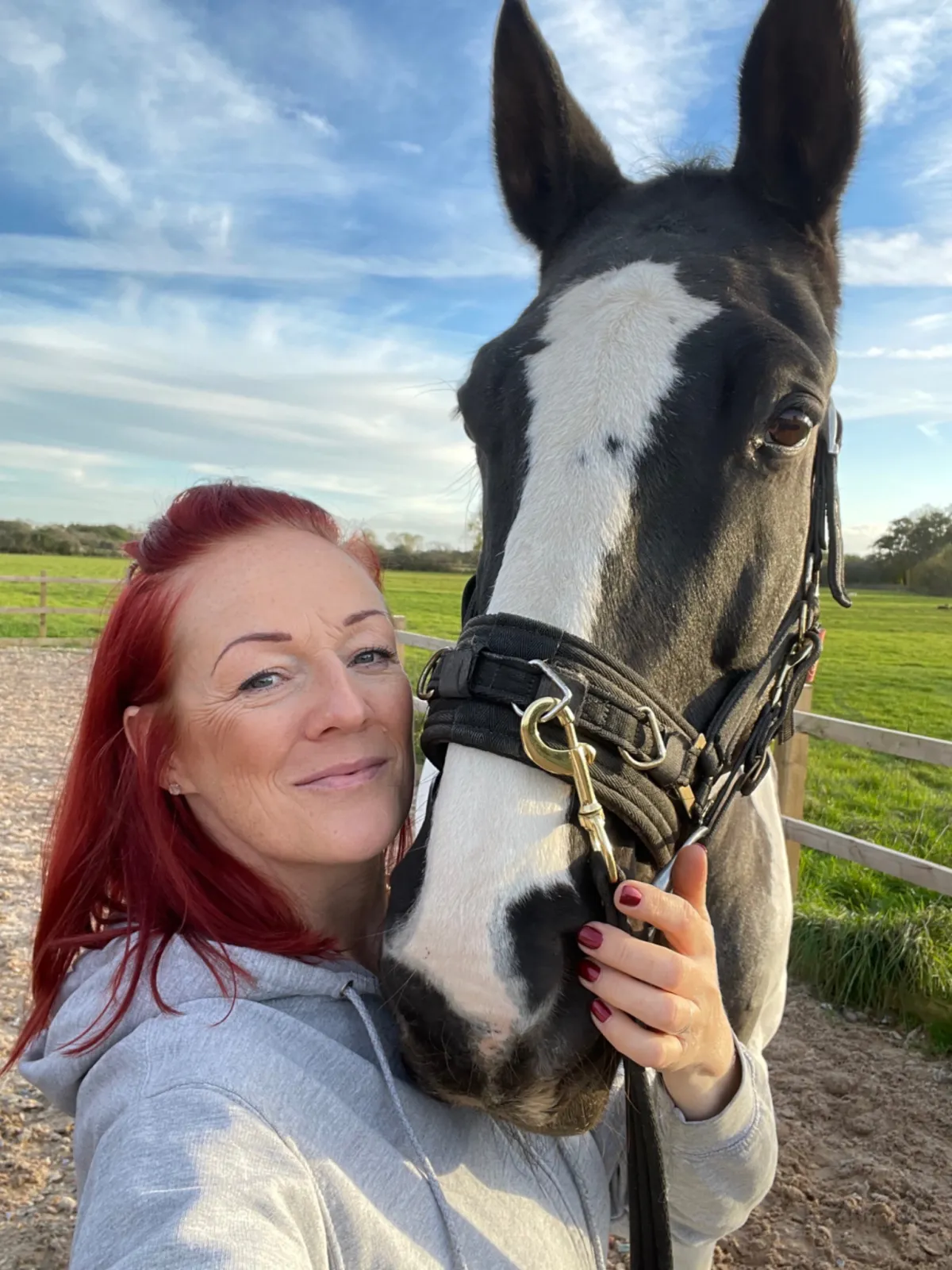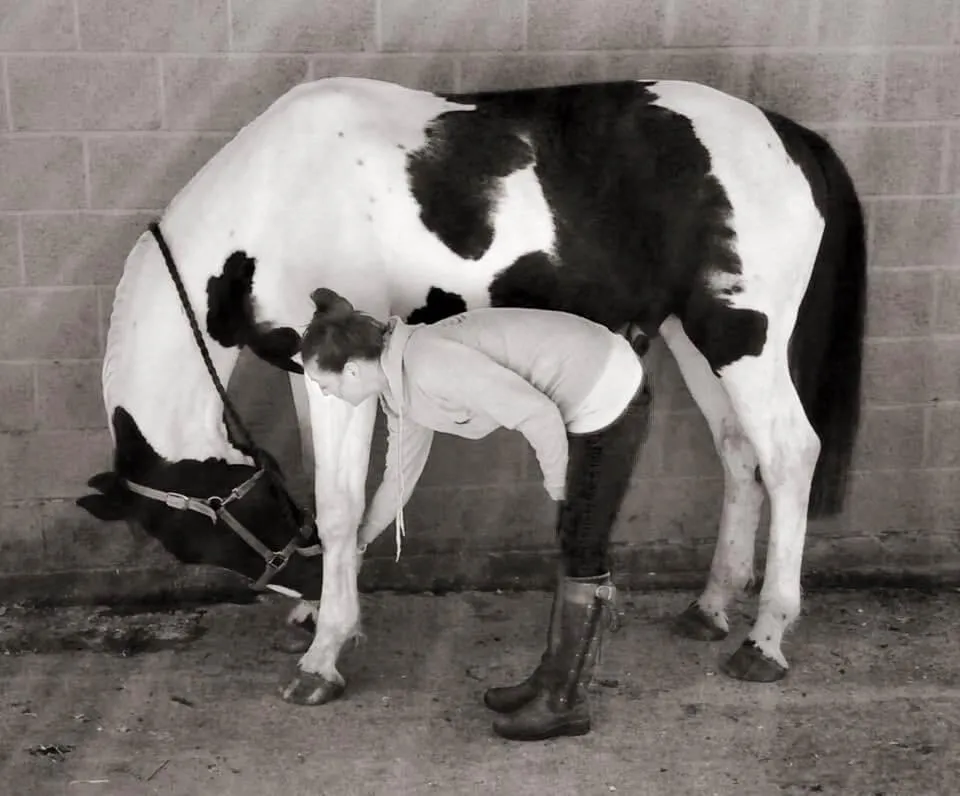BLOG
Improve your horses posture, core strength, crookedness, and your connection
With Jenny Adamson, Equine Physiotherapist & Rehabilitation Specialist
Why 'Head Down' Doesn't Equal Core Engagement
It’s easy to assume that if a horse looks soft in the contact, has their nose tucked in, or shows a curved neck, they must be working “correctly.” But what’s often happening underneath is: A dropped back A tight, braced neck Hindlimbs disengaged And a core that’s switched off
Why Kissing Spine Affects the Whole Body
When your horse is diagnosed with kissing spine, it’s easy to think the problem lies in one small area. But kissing spine is rarely just a “back problem.” It’s a full-body issue, often with emotional and behavioural layers too. Once you understand that, the entire rehab process makes more sense — and becomes more effective.
Once You Understand This, You'll Never Look at Kissing Spine the Same Way
Once you understand how the deep stabilising muscles work (and what happens when they don’t), you’ll realise just how essential this kind of specific core strengthening work is — for any horse that carries a rider.
Preventing Kissing Spine: What Every Horse Owner Should Know
This blog is here to help you understand how to support your horse’s body, develop a stronger, more functional topline, and ultimately protect them from the pain and breakdown that kissing spine can bring.

FREE MINI COURSE
How to improve your horses posture and crookedness!
Learn more about your horses body and movement, and how to unlock your horses ability and wellness in this mini course!
Click below for the details...
© Copyright 2025 Jenny Adamson, Equine Physical Therapist - Privacy Policy - Terms & Conditions




